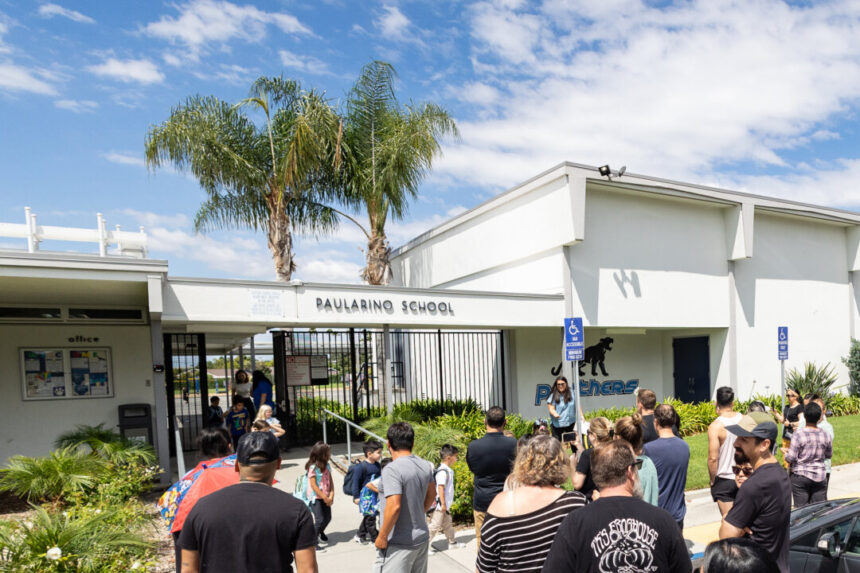Commentary
Newport-Mesa Unified School District (NMUSD) in Orange County, Calif., is contemplating the issuance of another voter-approved bond to undertake building improvements.
The title of “Classroom Safety/Repair Measure” is being utilized in the initial phase of this process. The Facilities Master Plan (FMP) is available on the district’s website, inviting visitors to participate in a prioritization survey. However, further exploration on their website is necessary to uncover more information.
A search on NMUSD’s website may not reveal that the district has engaged the DLR Group to aid in the development of the FMP, as noted in a district memo. Additionally, one of the funding options being considered is through General Obligation Bonds, necessitating a feasibility study. True North Research, Inc. has been selected by district staff to conduct a survey to gauge voter interest in supporting a local bond.
True North Research’s website indicates their track record of assisting clients in raising over $37 billion in voter-approved bonds, taxes, and assessments. In essence, they are a strategic partner in passing bonds rather than a polling firm.
Having experience with school bonds during my tenure as the Orange County Treasurer, it’s important to understand the financial implications. School bonds are funded through additional real estate property taxes, impacting homeowners, business owners, and renters alike.
Real property taxes are calculated based on the assessed value rather than the market value of a home. Proposition 13 limits annual increases, resulting in varying tax amounts for homeowners. The FMP has identified $2.5 billion in necessary improvements, indicating a significant financial burden on property owners.
Despite upcoming changes in assessed values, the total assessed value of real estate properties in Costa Mesa and Newport Beach stands at $98,832,322,094. This translates to an additional cost per $100,000 in assessed value to cover bond payments.
It’s evident that borrowing $2.5 billion is unsustainable due to associated costs. The survey being conducted aims to gauge homeowners’ willingness to bear the financial load of a bond issuance. The actual borrowing amount will likely be determined by survey results rather than cost estimates.
Additionally, the implementation of a project labor agreement could inflate construction costs, impacting the overall financial burden on taxpayers. The decision on the bond amount will heavily influence by the survey results.
It remains to be seen how NMUSD navigates these financial complexities. The district’s unique financial position as a basic aid district adds another layer of complexity to the decision-making process.
The fiscal year ending June 30, 2022, sees it ranked at 26th place. The proposed bond ballot measure will be NMUSD’s second, despite initial assurances that it would be the last. The district had previously committed to maintaining existing buildings, accumulating reserves, and monetizing Banning Ranch land holdings for future projects. It may be beneficial for the current board to consult with Mike Fine, the district’s former chief business officer, now CEO of FCMAT, to revisit past financial agreements. Financial stakeholders stand to benefit significantly from capital improvement projects, raising questions about who truly benefits from tax increases. It is crucial for residents to scrutinize these factors before voting on any tax increase, as the impact will be felt for years to come.
Source link





